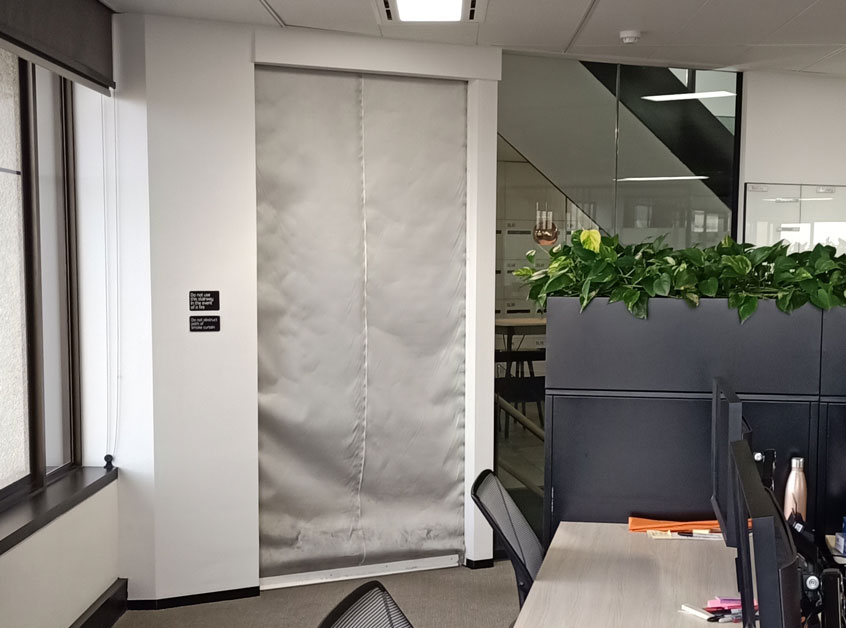Fire safety is absolutely crucial for business owners and home owners alike. A small fire can conflagrate out of control in seconds and spread to other areas of a building where people may be working, relaxing or asleep. This can have disastrous consequences including damage to property, injury and loss of life. Fire protection systems reduce damage to a building and its contents in the event of a fire. Fire protection systems also increase the likelihood that occupants will make it to safety when a fire is burning without suffering harm. Fire suppression systems, smoke detectors and flame retardants are all considered fire protection systems.
The Purpose of Fire Protection Systems
While the elements of a fire protection system can vary in purpose, they all have a common goal: to detect fire and protect a building, its occupants and contents from fire damage. Perhaps the most common fire protection mechanism is a smoke detector and a sprinkler. These are frequently found in commercial buildings. If a fire begins to burn, the smoke produced by the fire will trigger the smoke detector which will, in turn, set off the sprinkler system. Water attempts to put out fires and prevent the spread of fires by soaking other areas of the building.
Benefits of Fire Safety Systems
The primary benefit of a fire safety system is that in the long run, it saves lives. Fire protection systems also offer financial savings as fire damage can be very expensive. This is especially true when confidential documents and valuables like electronics are lost in a blaze or when structural damage to a building results in significant downtime for an organisation. Fire protection systems may also send automatic dispatches to emergency services which can assist in putting out the fire before people are hurt or more valuable possessions are lost to the flames.
What Fire Protection Do I Need?
When considering the fire protection needed by your organisation or family, it helps to consider the future of the building. Fires can erupt at any time, so plan ahead by questioning what the function of the building will be later on. Be sure to consider Australian building codes when installing fire protection systems because they are often permanent and may be expensive to modify if the purpose of the building changes.
There are two types of fire protection: passive and active.
Passive Fire Safety
The term passive fire protection refers to building components that are installed to reduce the flammability of the building as a whole. Passive fire protection includes fire doors, fire escapes, fire shutters and fireproof windows, like those supplied by Smoke Control.
Active Fire Safety
In contrast, active fire protection refers to components of a system that react to the presence of fire. These may include sprinkler systems and fire suppression systems like smoke containment curtains and smoke vents. Products like these are used to ensure building fires result in the least damage possible.
Contact Smoke Control For Fire Protection Systems Sydney
Smoke Control supplies and installs passive and active fire protection systems in buildings across Sydney. Contact our sales team if you have any questions about how to protect your property from fire hazards. We’ll recommend products based on your situation and will install everything for an affordable fee. You can reach us on 1300 665 471 Monday to Friday, 8:00am to 5:00pm.


